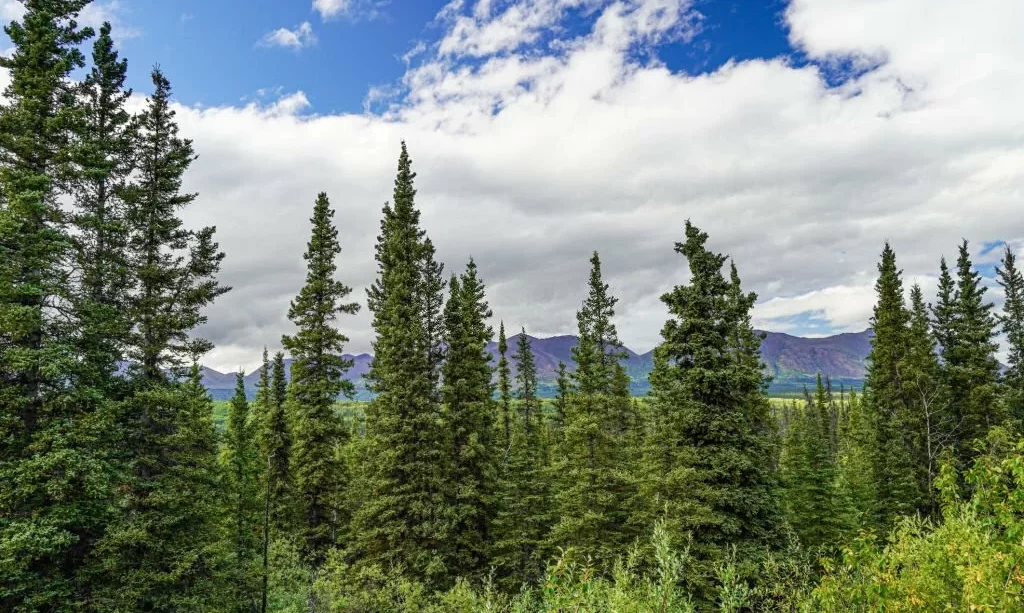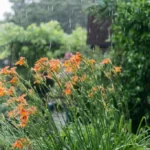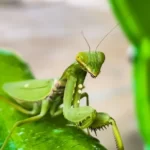In the realm of evergreen conifers, few trees stand as tall and iconic as the spruce. Spruce trees have a special place in the hearts of nature enthusiasts and forest wanderers, offering a sense of strength, endurance, and timeless beauty. But what color are spruce trees? As we embark on this exploration of spruce tree hues, we’ll uncover the vibrant and enduring shades that define these majestic conifers. From the classic green that has made spruces synonymous with lush forests to the subtle variations in color, this article invites you to venture into the enchanting world of spruce trees.
- USDA zone 2-8
- Mature size 4 ft. – 5 ft. W x 6 ft. – 8 ft. H
- Full sun to partial shade
- Evergreen – year round interest
- Low maintenance
The Iconic Green of Spruce
When you think of spruce trees, the color that likely comes to mind is various shades of green. The dense, needle-like foliage of spruces is primarily green, a hue that symbolizes life, growth, and vitality. This vibrant color is a result of chlorophyll, the essential pigment in photosynthesis that allows these evergreen trees to harness the energy of the sun. The green of spruce trees is a testament to their adaptability to various climates, from the cold boreal forests of the north to the mountainous landscapes and even urban parks. This iconic green is not only a defining feature of spruce trees but also a symbol of the enduring beauty of evergreen conifers. Its timeless appeal extends to holiday decorations, where spruce branches, laden with the rich green needles, bring the spirit of the season into our homes. The green of spruce trees is not just a color; it’s a celebration of nature’s ability to thrive and adorn the world with life and color.
Variations in Spruce Colors
While the iconic green color dominates the world of spruce trees, there are intriguing variations in color among different species. Some spruce trees break the mold with distinctive hues. Blue spruces, for example, are known for their silvery-blue needles, a striking departure from the standard green. These blue-toned spruces create a unique and captivating presence in landscapes. Beyond blue, some spruces display golden or yellow foliage, offering a cheerful and vibrant touch to forests and gardens. The variations in spruce tree colors are a testament to the diversity of this conifer family and its ability to adapt to different environments while adding charm and character to natural settings.
Factors Influencing Spruce Tree Color
The color of spruce trees can be influenced by several factors. One crucial element is genetics, as different spruce species have inherent color characteristics. Environmental factors also play a role. Soil quality, sunlight, and temperature can impact the shade of green, silver, blue, or golden found in spruce trees. Additionally, seasonal changes affect spruce color. In the winter, needles may appear darker, while in the spring, they brighten with fresh growth. Understanding the combination of these factors provides insights into the enchanting variations that define spruce trees.
Conclusion
In conclusion, the color spectrum of spruce trees is a tapestry of beauty and diversity. The classic green that is synonymous with spruce trees represents life and vitality, while the variations in color among different spruce species, from blue to golden, add a touch of uniqueness to forests and landscapes. Spruce trees, with their adaptability to various environments and their seasonal shifts in color, continue to be a source of wonder and admiration. Their enduring beauty and the changing hues they bring to the natural world serve as a reminder of the remarkable character of these evergreen conifers. Spruces, in their many colors, remain a symbol of strength, endurance, and the timeless allure of the natural world.





